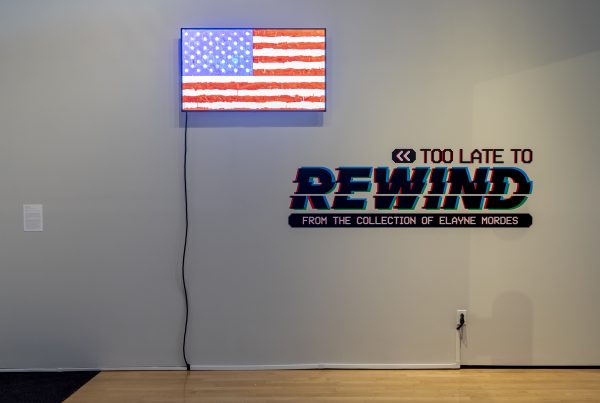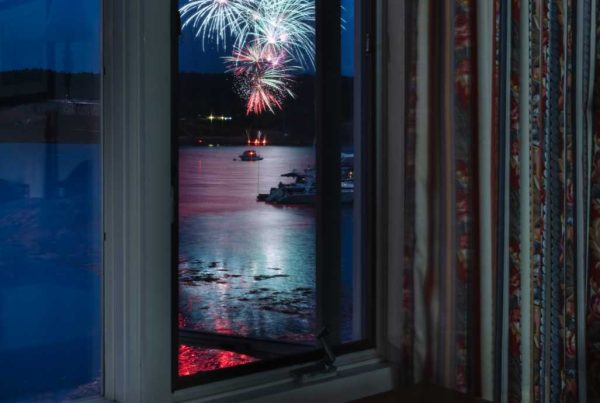As a junkie of both Alfred Hitchcock and slapstick humor, all bets point to me loving
“Alfred Hitchcock’s The 39 Steps,†the recent Broadway farce currently enjoying its regional premiere at Actor’s Playhouse in Coral Gables. Breathlessly performed by a cast of four chameleonic actors playing dozens of parts, the show is filled with the kind of charming gags and pratfalls that went out of fashion long before the turn of the century – cigarettes lighting themselves, corpses’ limbs jolting to life in tune with dramatic music, men dressed as women and so forth. Amid all of this silliness, the story follows, to a remarkable T, the serious spy-movie formula of Hitchcock’s 1935 film “The 39 Steps,†from the music-hall gunshots at the beginning of the movie to the train-jumping adventure scene to the hideout on the farmer’s property through the climax at the London Palladium.
There is much to love in this show. The zaniness, at least early on, is inspired, and it’s strengthened by the limitations of the very medium it’s exploiting. Self-referential jokes abound, never letting you forget you’re watching a play. Patrick Barlow’s script even integrates winking allusions to other Alfred Hitchcock films, inserting their titles into the action while remaining ever faithful to plotline of the original “39 Steps.â€
Jim Helsinger, who directed this Actor’s Playhouse production, has assembled a hardworking cast led by Michael Frederic, who looks and sounds the part of Robert Donat in Hitchcock’s film. With just minimal props to work with, the design team at Actor’s Playhouse works wonders behind the scenes, conveying the right amount of light, wind, and ambient noise to make the jokes soar.
Alas, like many farces, “The 39 Steps†runs out steam and overstays its welcome. The Pythonesque inspiration that colors most of Act One degenerates, along the way, into stale variations on the same few gags. Having not seen the touring version of the play that ran in South Florida last year, I can’t say whether the deficiencies that drag down the laborious, seemingly endless second act are the fault of Helsinger’s pacing, the source material or, as is most likely, a combination of the two. Perhaps Barlow’s fidelity to the original film becomes an Achilles’ heel onstage: His insistence on including everything from the movie results in a tedious, overlong epic. Whatever the reason, don’t be surprised if you leave the theater feeling a sense of relief that what began as a glorious celebration of film parody and Brechtian playfulness, and turned into a shrill cacophony of repetition, has finally subsided.






